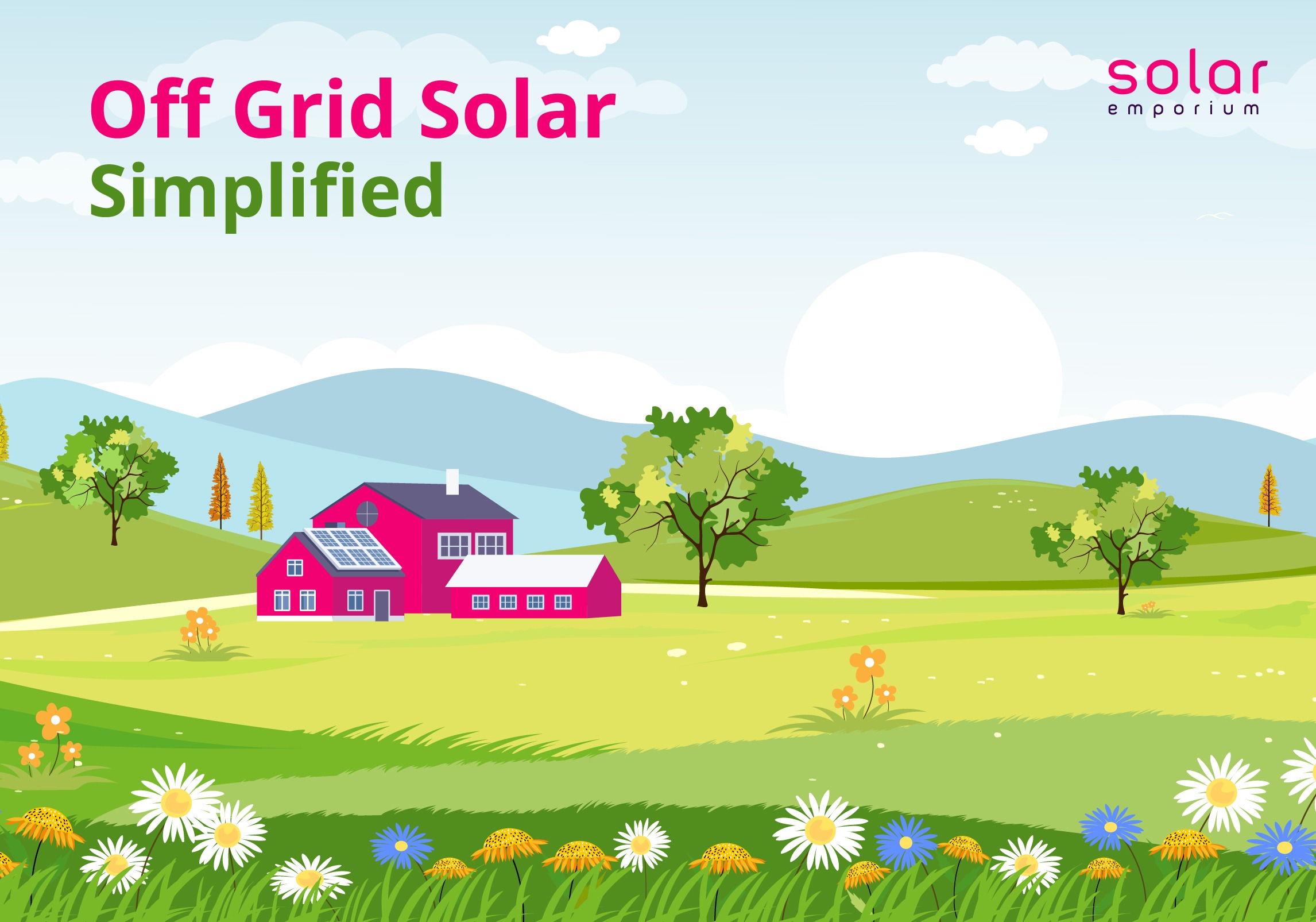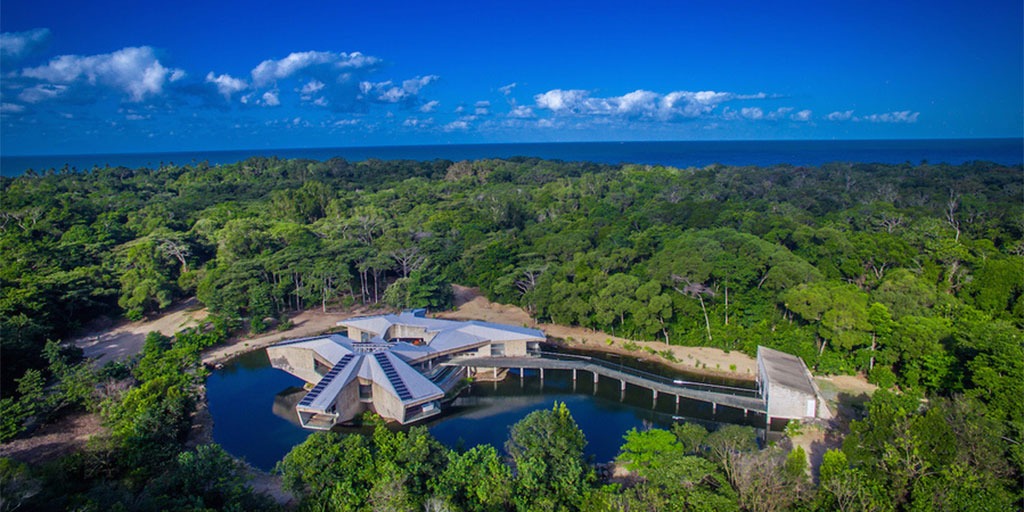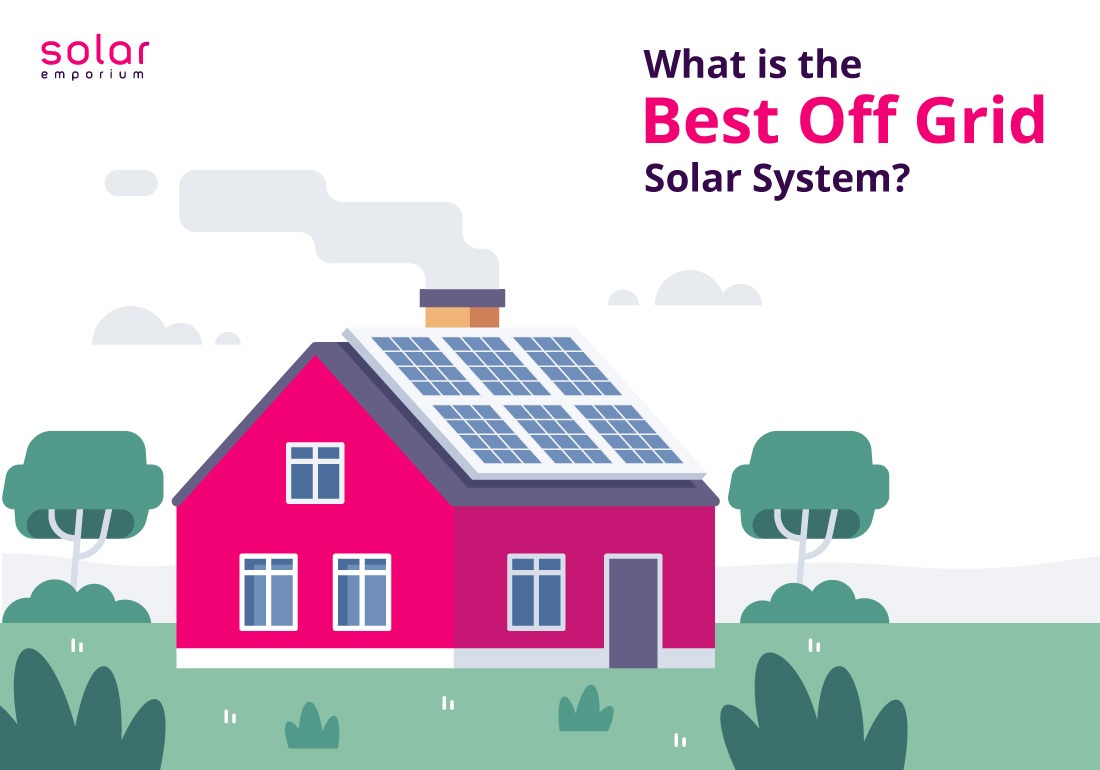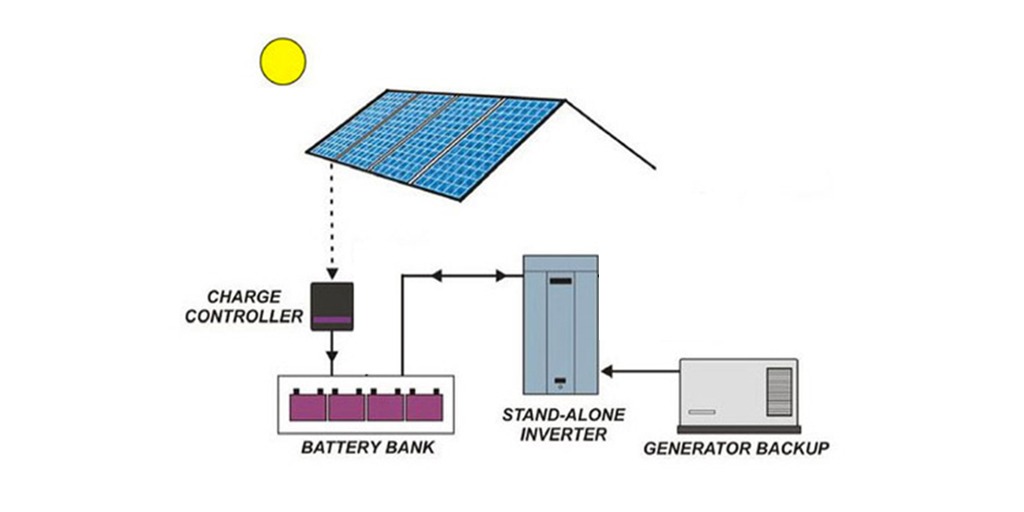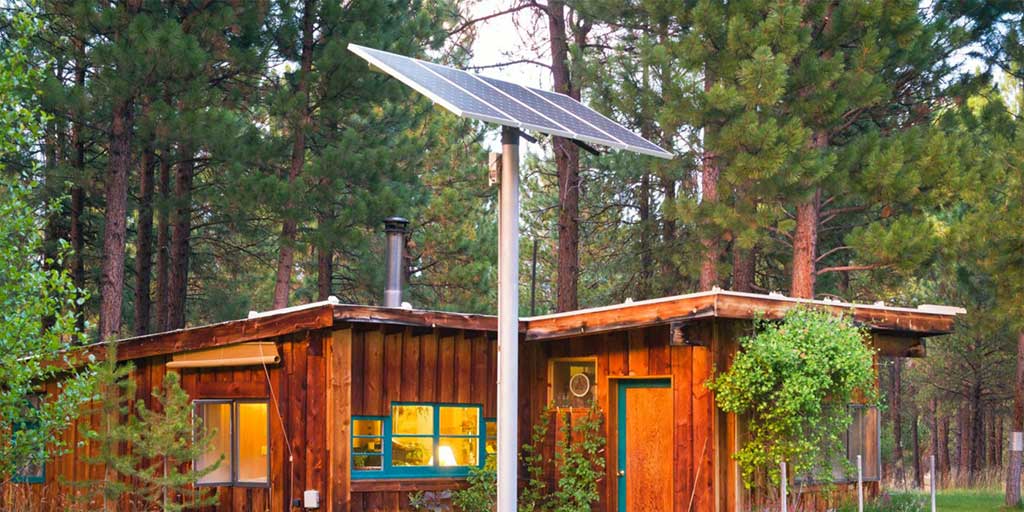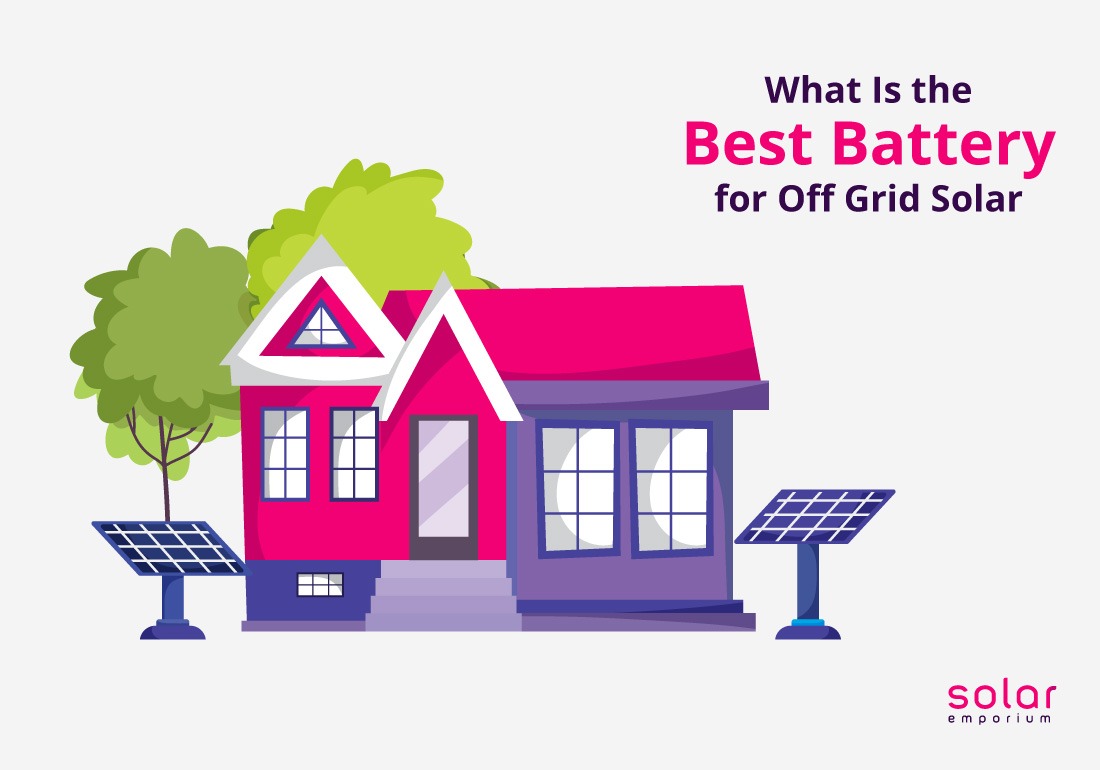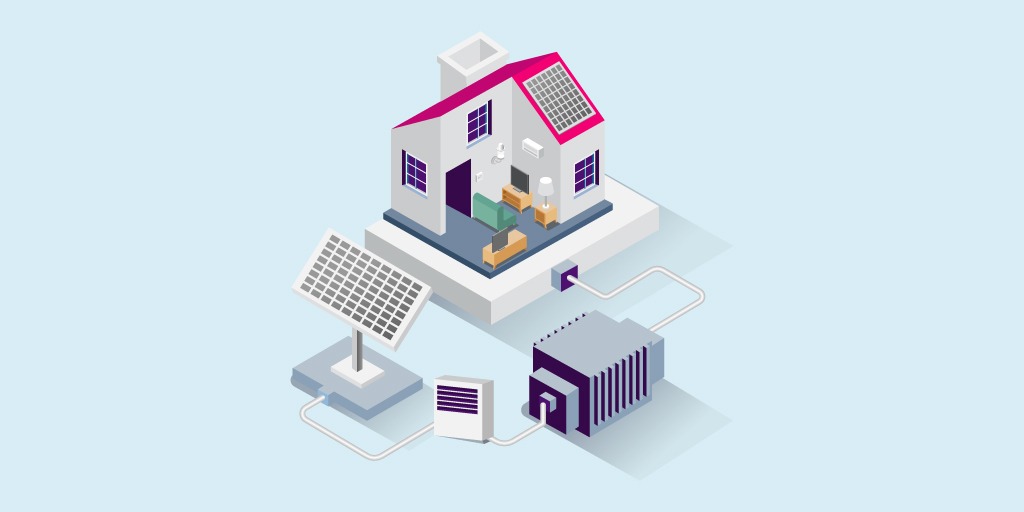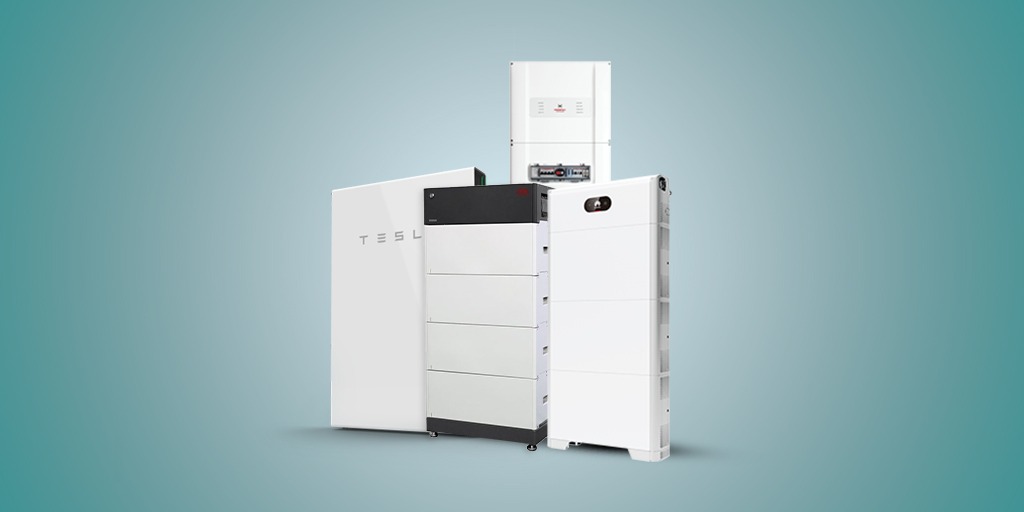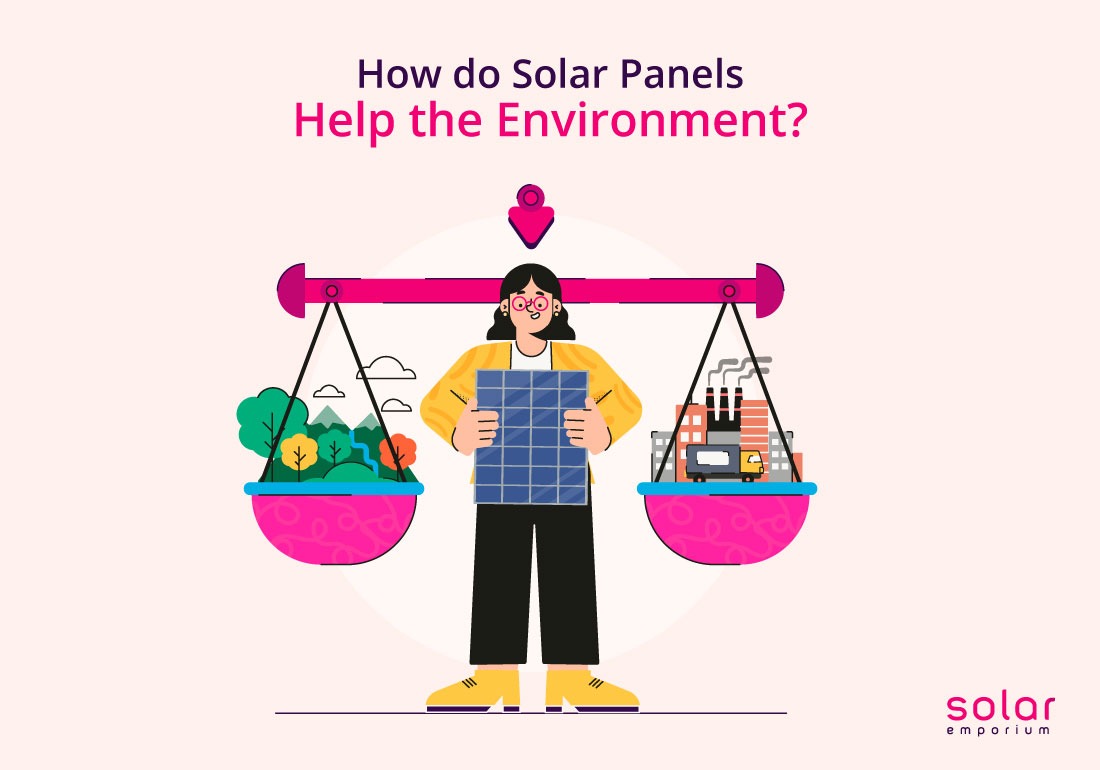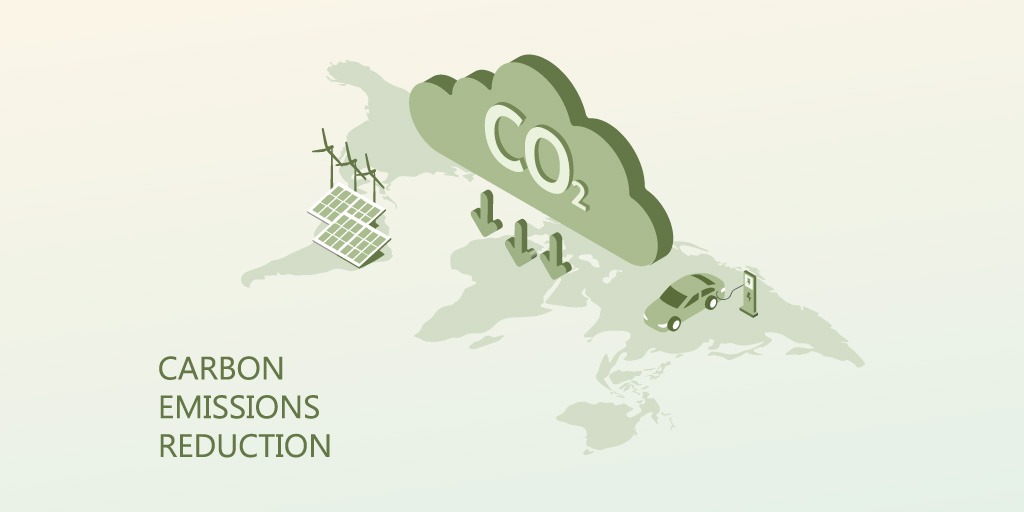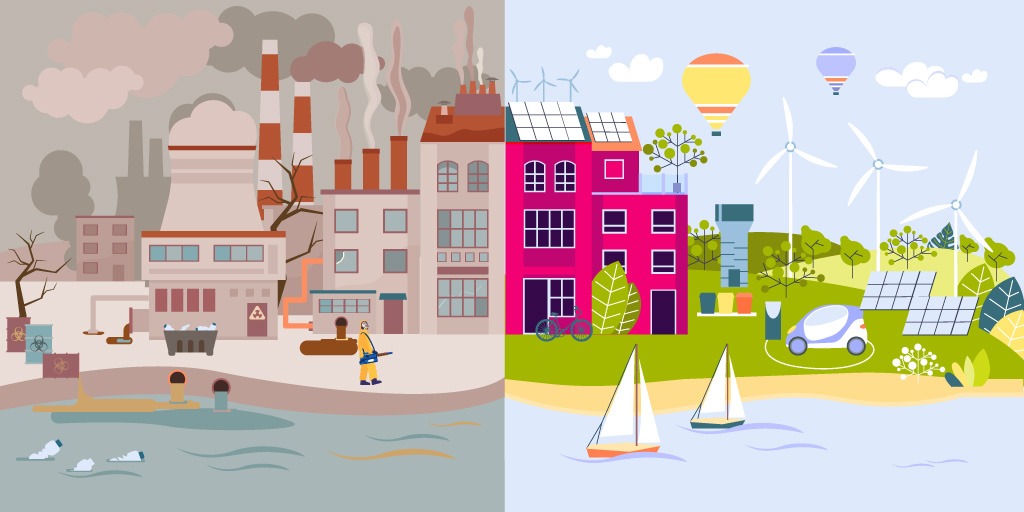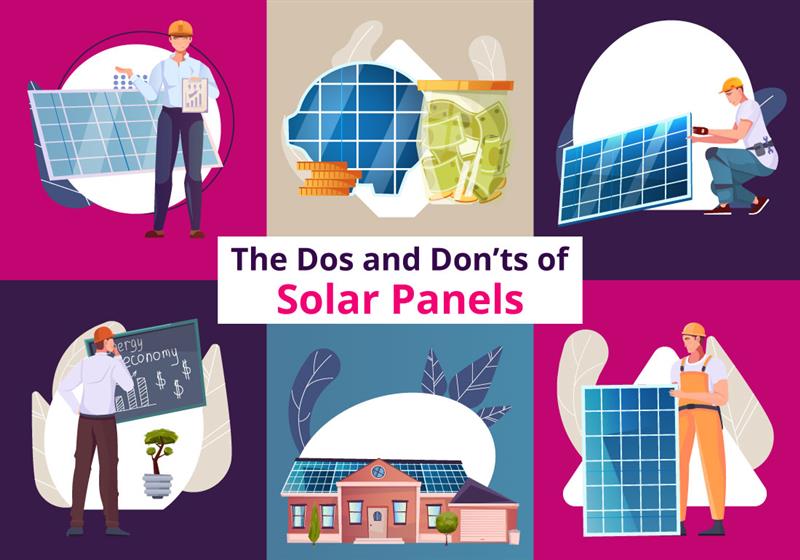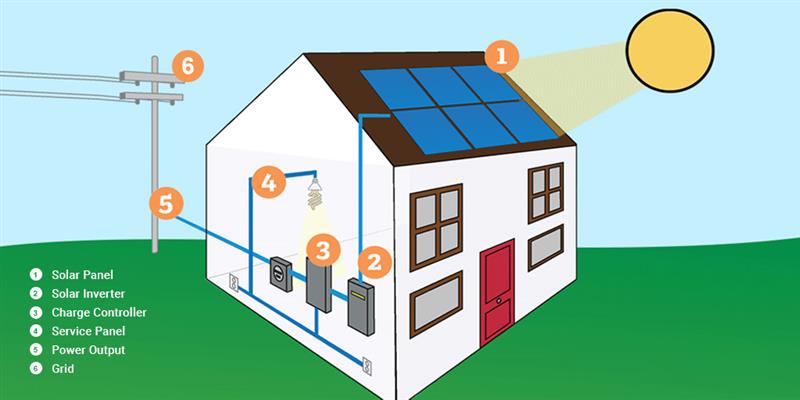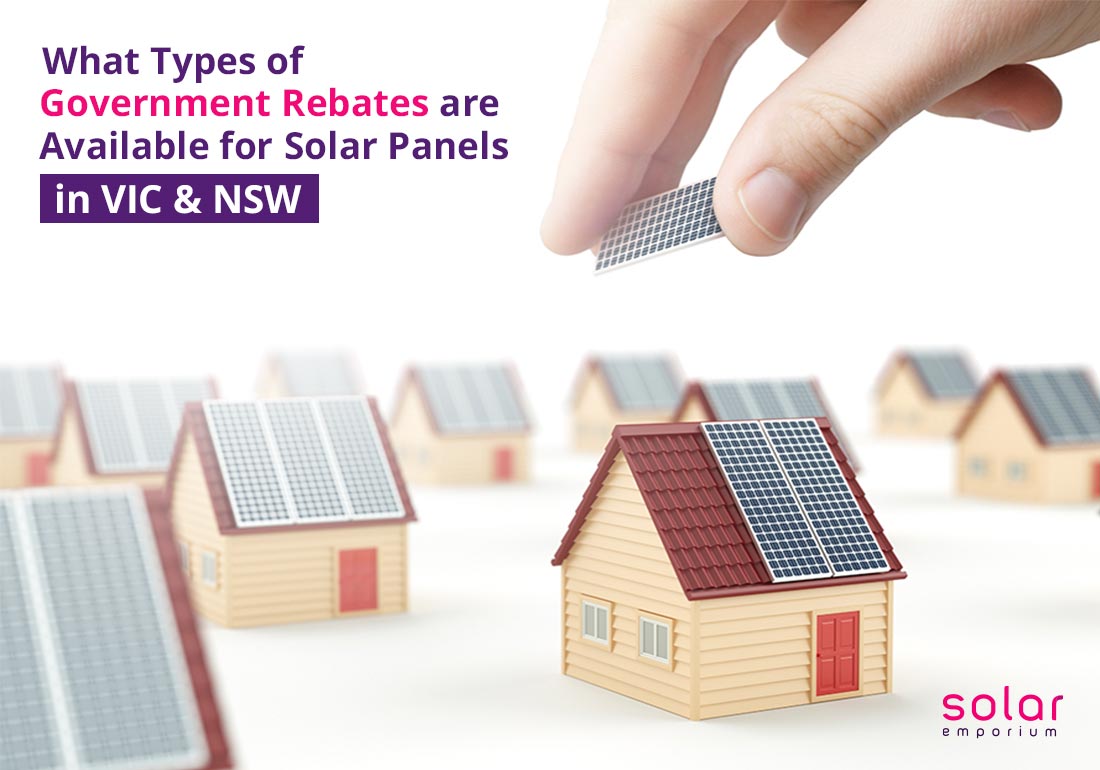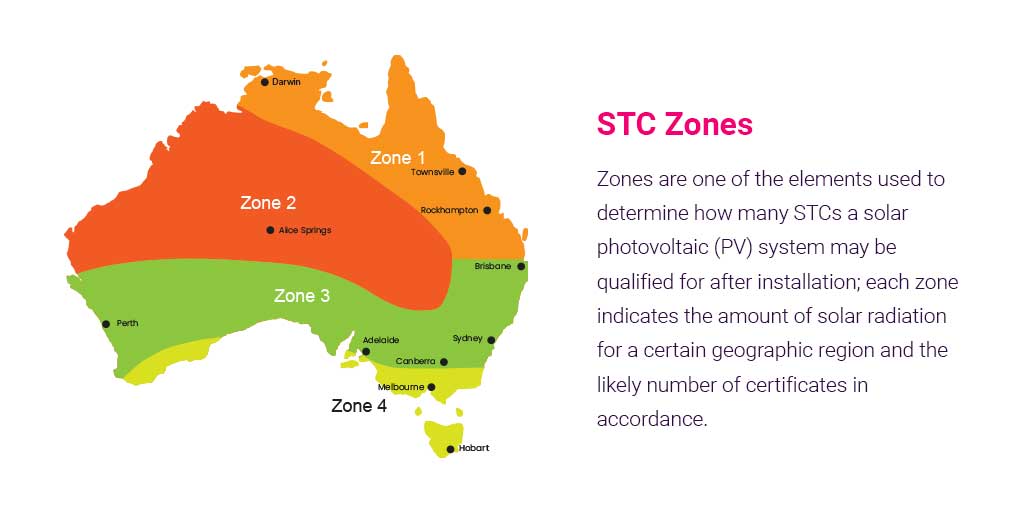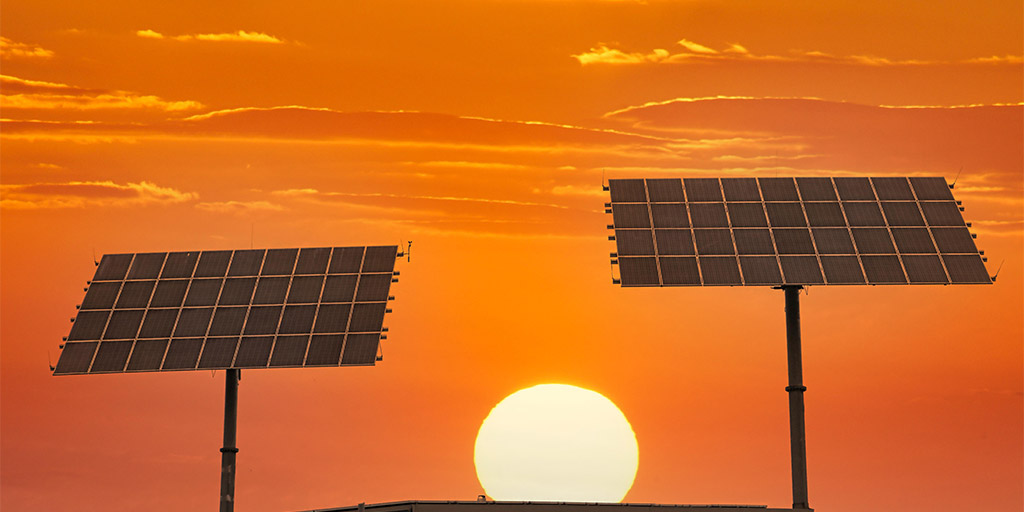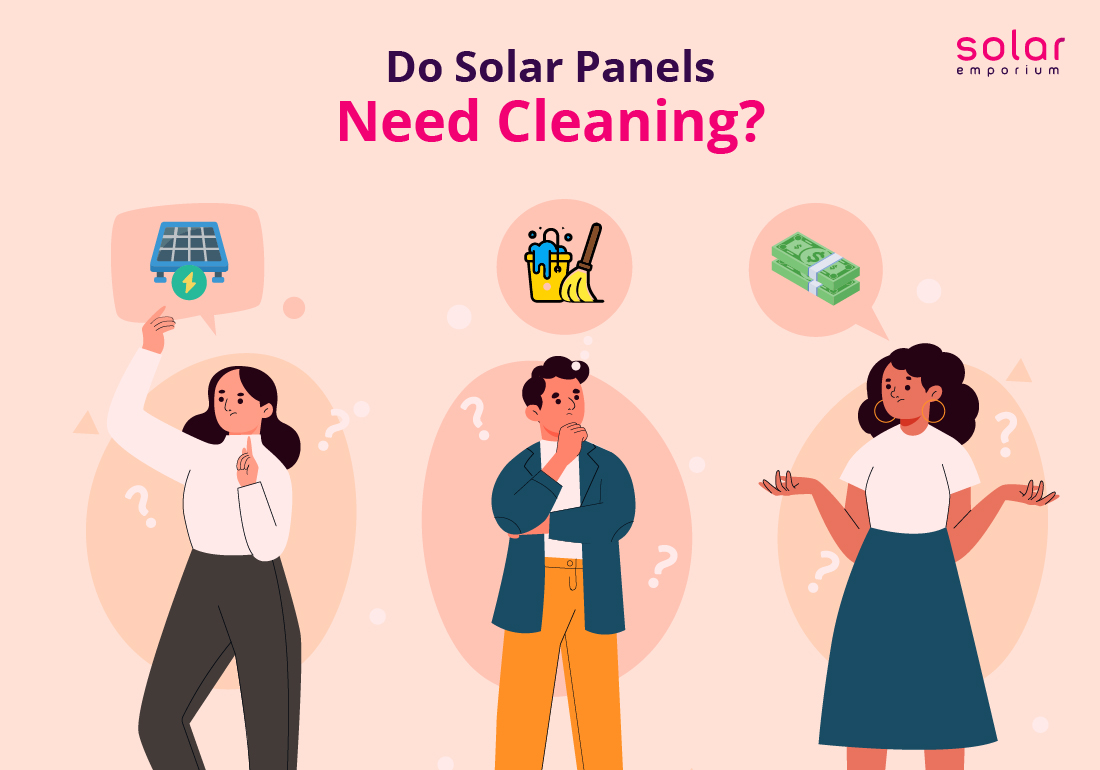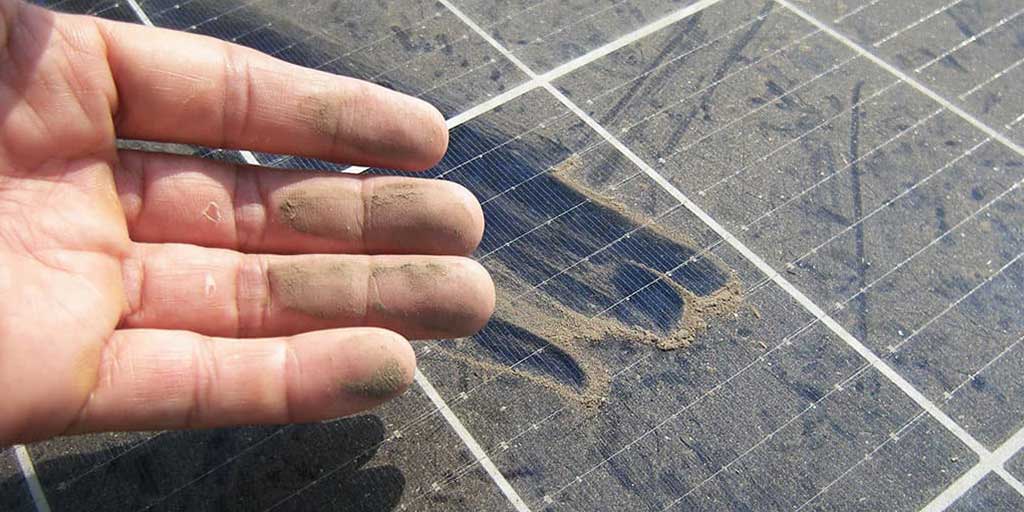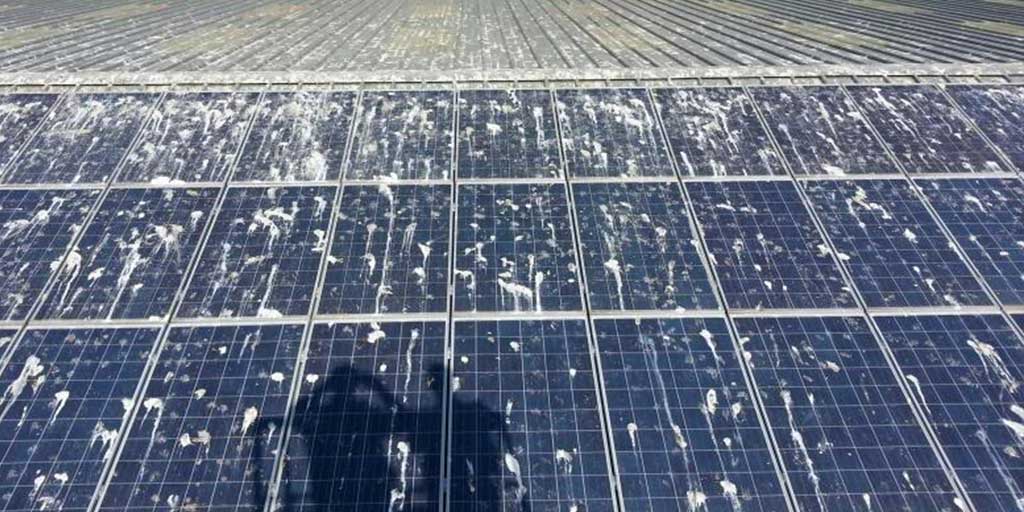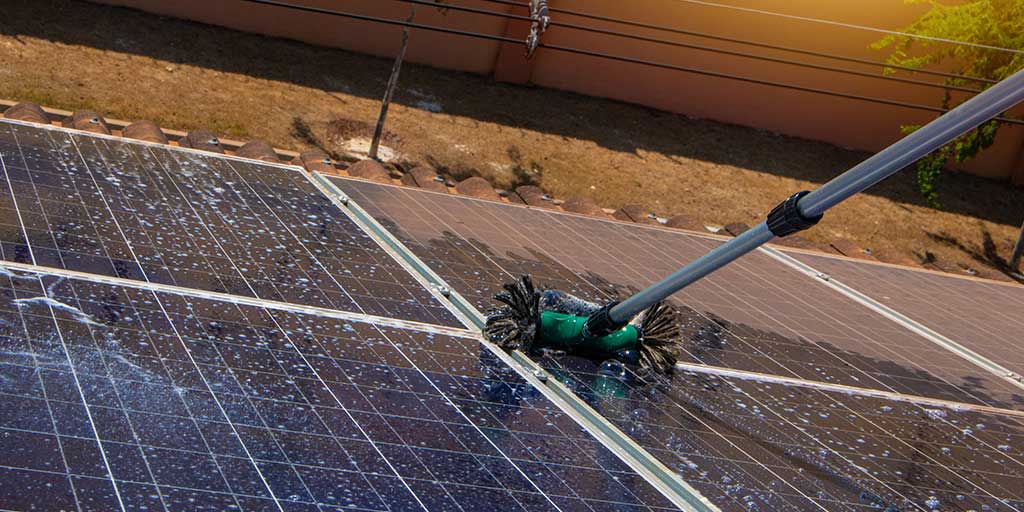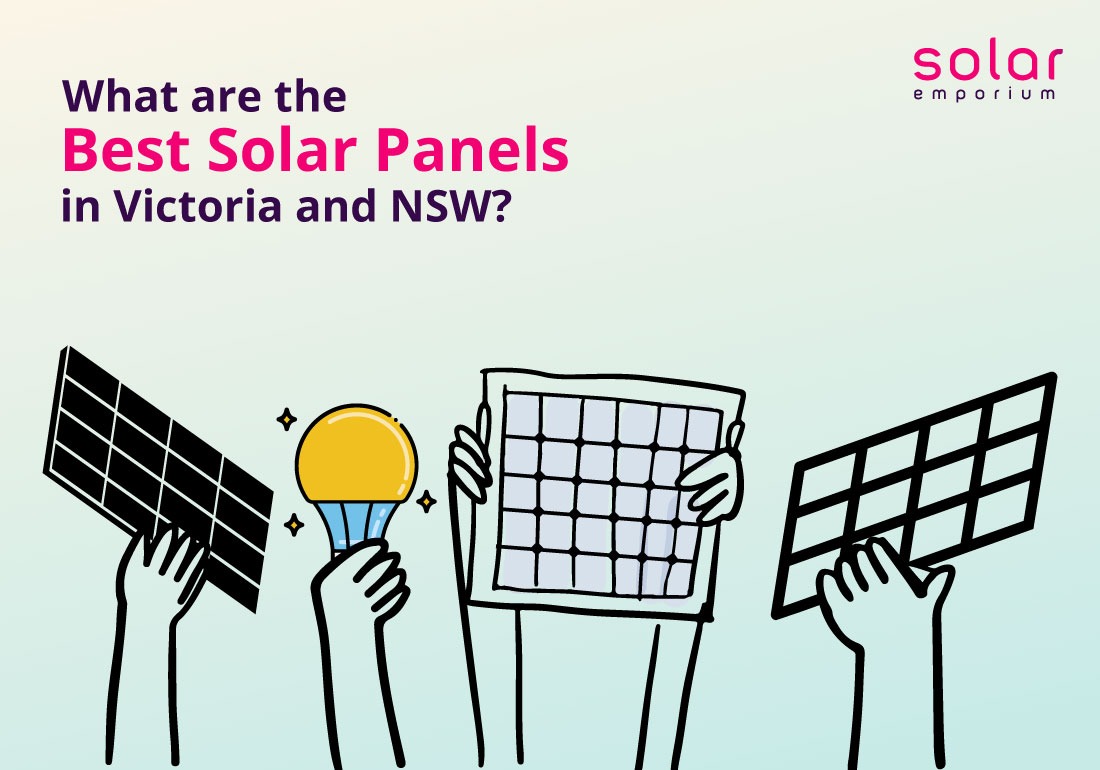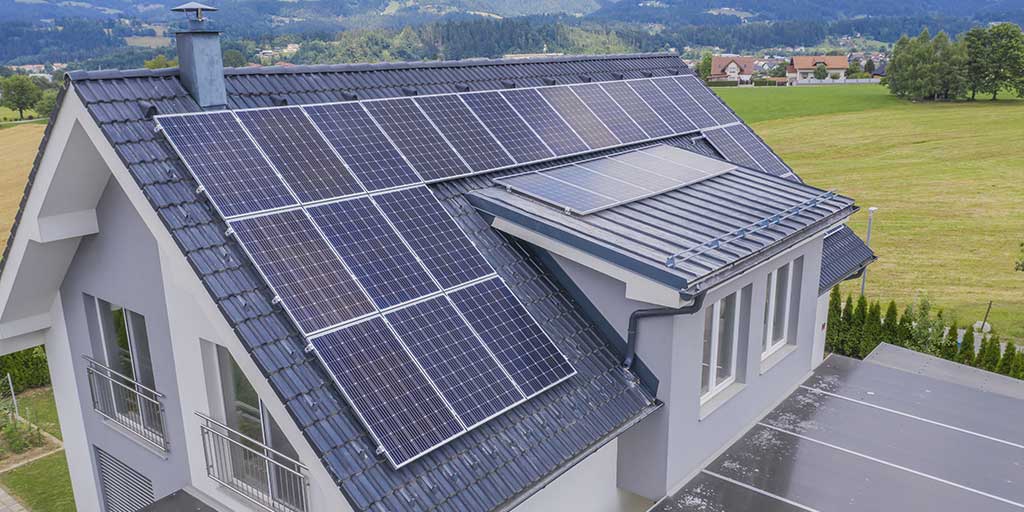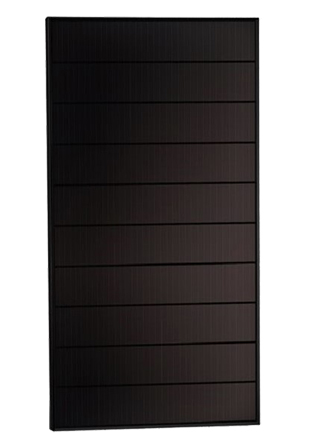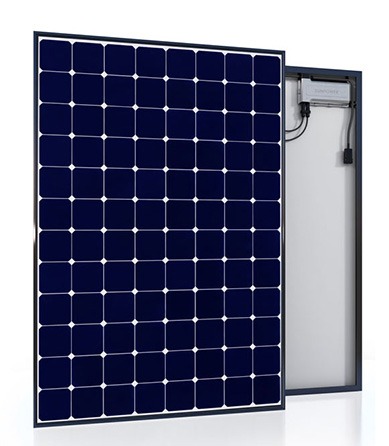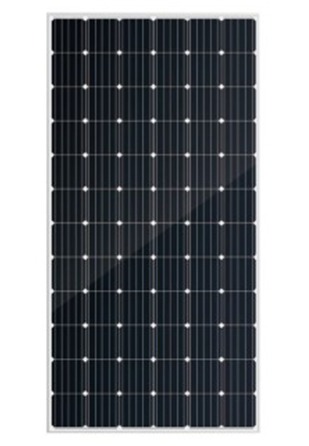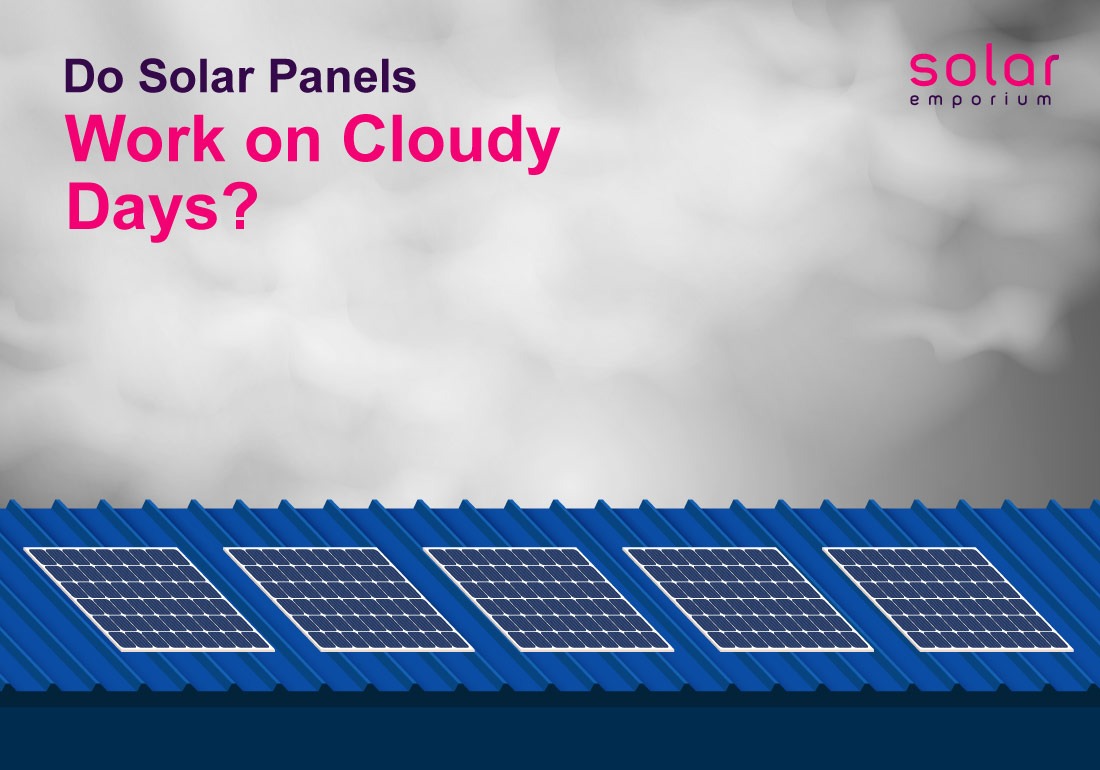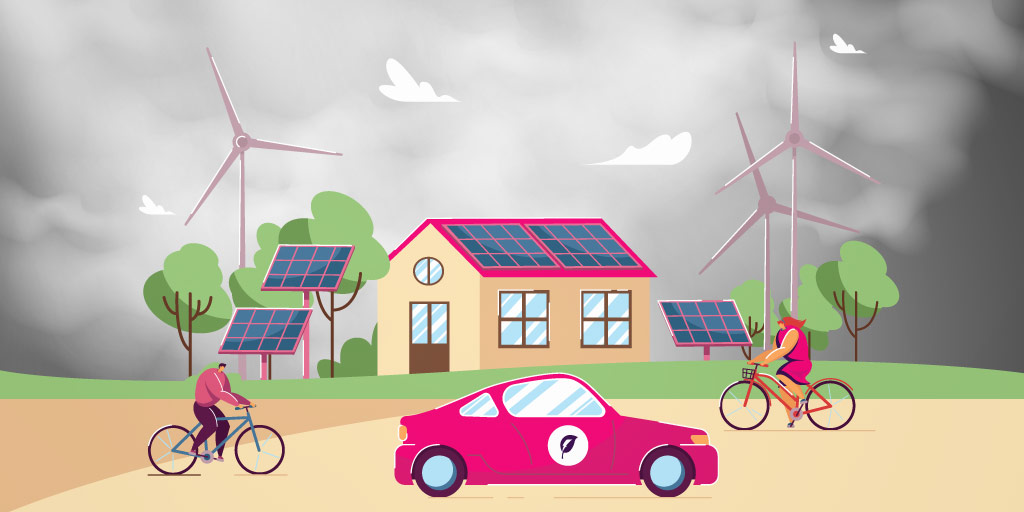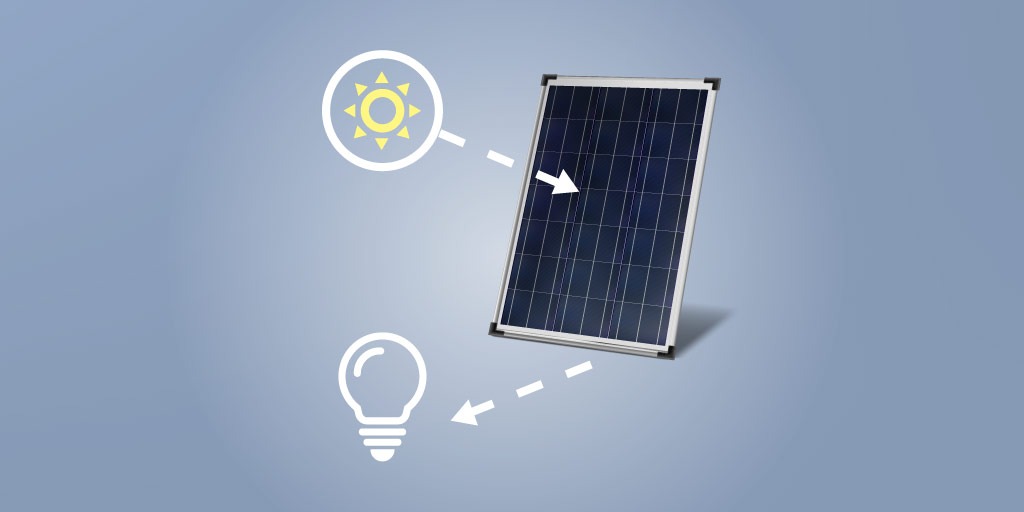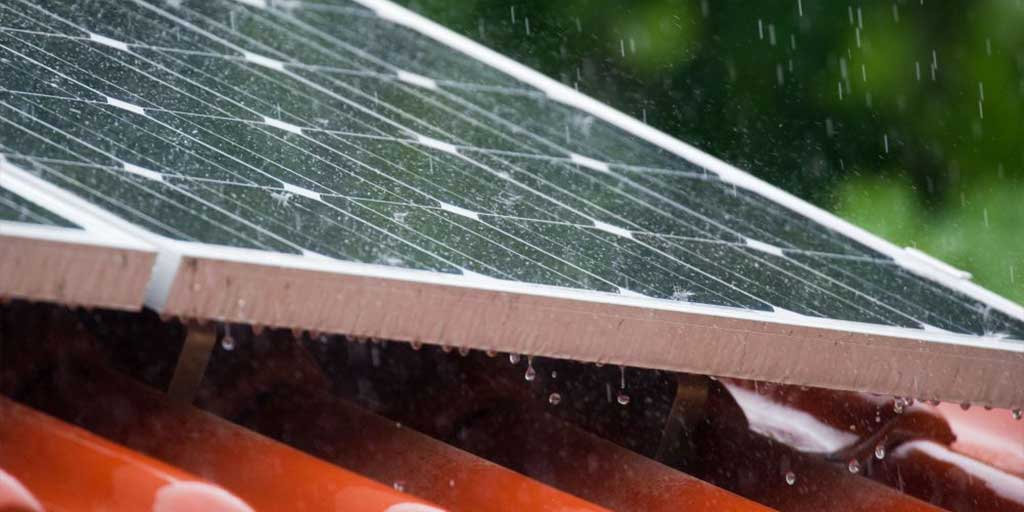An off the grid solar system is simply a set-up that is not connected to any utility grid; thus, it’s an autonomous solar system that can generate enough power for an entire household, small office, or farm etc. However, putting together some panels and inverters without any prior assessment is a sure-fire way to waste money in exchange for a lousy PV module.
That brings us to today’s topic, how does the off grid system work in its true essence and how you can get the most out of it? Here’s off grid solar power simplified for your convenience, take a look.
What Is an Off Grid System Comprised Of
There are 5 main components that work together to create an excellent off the grid solar system.
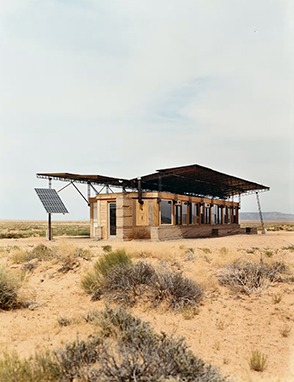
Solar Panels– Solar panels, also known as PV modules, are the ones responsible for capturing sunlight and generating direct current, which is essentially electricity in its raw format. How much sunlight can the panels capture and effectively convert into electricity depends on module quality, quantity, amount of sunlight exposure, roof angle and geo-location.
Solar Inverters– The solar panels have generated electricity in the DC format, and that remains unusable until its run through the solar inverter. It converts DC into AC (alternating current) for the appliances to use and operate. There are many types of solar inverters, some of which are even capable of storing energy for later use. In an off grid house, you will be using a standalone inverter which is not connected to the grid.
Solar Batteries– Solar panels are designed to operate using the power of the sun, but for a majority of the households in Australia, electricity is most needed in the evening hours or at nighttime. To store the surplus of energy generated at midday (the most optimum solar hours), you will need solar batteries. It’s an essential component for an off grid solar system.
Solar Charge Controller– It’s not a feasible arrangement if you always have to manage the energy flow in the correct direction. To aid in that issue, a charge controller is necessary. It controls the direction of energy flow to the correct path according to the situation and prevents the solar batteries from overcharging, essentially extending their life.
Backup Generator– If all things go south, a diesel-powered backup generator will come to your rescue. It is not an everyday event with a quality system, but on the off chance you do experience a power outage through solar, it’s best to have an off grid solar system with a backup generator.
If you want to know more about how an off grid solar system works visit here.
Why Go Off the Grid?
Off grid solar is not for everyone that is true. But if you look at the electricity price hike in recent years, it makes total sense why people chose alternative energy sources like solar, wind etc., over the grid.
Because of the changes that happened on July 1st 2021, this year by the Australian Energy Regulator, using grid electricity has become more expensive when it’s a fact that this entire procedure actively participates in GHG (Green House Gas) emission.
Check out the exact price changes for the 2022-23 financial year here- Click me.
Besides the negative impact on the environment and increased prices of energy, it’s not a lucrative option for you to choose grid connection if you live in a remote area. While it almost costs a fortune to pay for a grid connection in remote areas, you will have to pay a hefty amount in electric bills each year.
On the other hand, choosing an off grid solar system will cost you less than a grid connection, and after installation, you will never have to worry about paying electric bills again (not at least in the upcoming 25 years). Not to mention the freedom over the system as well as the serenity that comes from living amid nature.
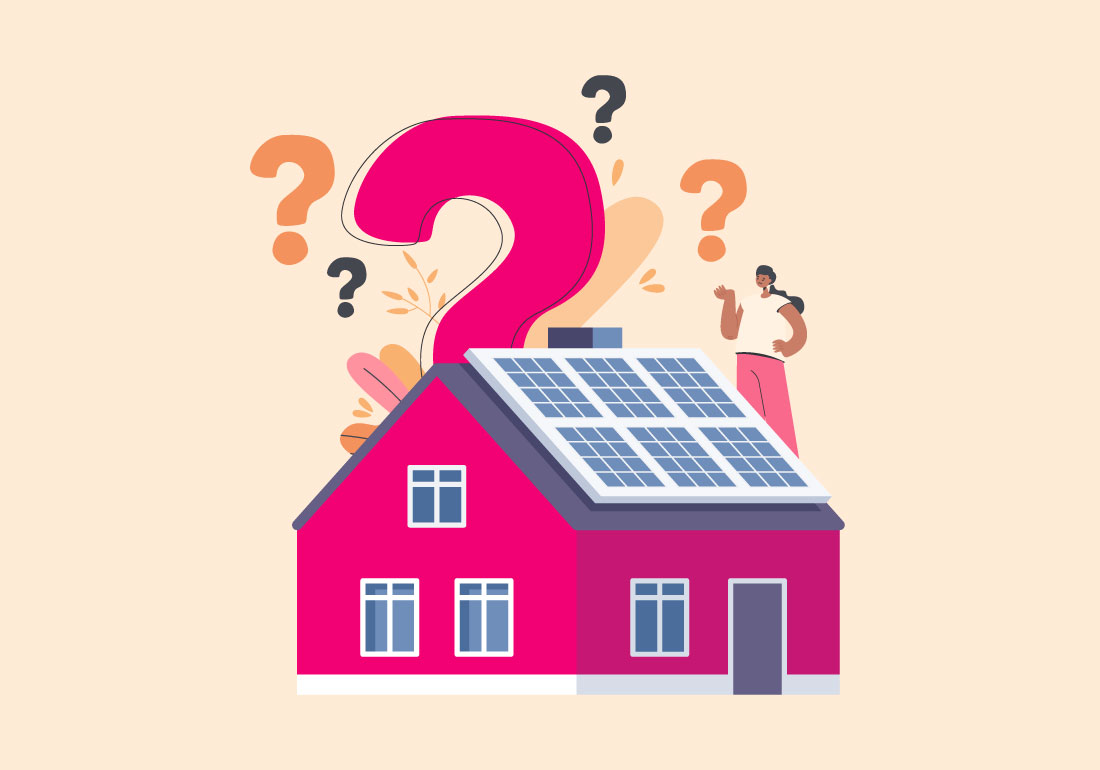
Pro-tips: Off Grid Solar System Basics
Here are some of the facts that you need to know before you go off the grid, along with some tips from our off grid solar experts-
- It’s almost always better to upsize the solar system. As you will be living off the grid, an essence of uncertainty can make you nervous; we are only human. So, experts suggest you upsize your solar system to the point where you can go without charging your batteries for at least 2 days if necessary. You might not need it, but it doesn’t hurt to have it.
- MPPTs (Maximum Power Point Tracker) are important. Your solar panels might struggle to operate at their maximum efficiency without MPPTs. For an off the grid solar system, its essential that you get the most out of your system, so it’s suggested that your system has MPPTs, yup multiples of them.
- Some might say that cleaning your solar panels does not do much, but experts may tell you otherwise. It has been proven in many studies that not cleaning your solar panels can decrease their efficiency by up to 30%. So, please do keep your panels clean. Here is how you can clean your panels yourself- How to clean solar panels.
- Be very aware of the local government rules and regulations. Different councils may have different legislations; you must be aware of them along with any changes while in the process of shifting to your off grid property. Your chances of claiming the government rebate depend on it. Learn more here.
Going off the grid is not only an attractive option for those who live in a remote area but also for those who are experiencing an unexpected surge in power bills.
Is going off the grid the right call for you? You will have to consult an energy expert to answer this question tailored to your circumstances. We can arrange a FREE consultation session for you with one of our solar experts; all you must do is click the get help button below.
